Go the extra mile
Towards a cooler planet
Producers of sustainable aviation fuel in the USA
1 January 2023
In the United States, several producers of sustainable aviation fuel (SAF) are at the forefront of a future with lower emissions in aviation. These companies employ innovative technologies and various biojet feedstocks to develop alternative aviation fuels.
We at CarbonClick Supply Sustainable Aviation Fuel, to enquire of our service please click here
Montana Renewables is the leading SAF producer in North America. With plans to expand its production capacity over the next two to three years, the company aims to meet the increasing demand for SAF. World Energy has also contributed significantly to SAF development. Starting production in 2016 at their Paramount, California site, they initially supplied Los Angeles International Airport and later expanded to other California airports.
Neste, an international firm, began delivering SAF to San Francisco International Airport in 2020, expanding to other airports in California and Colorado by 2021 and 2022.
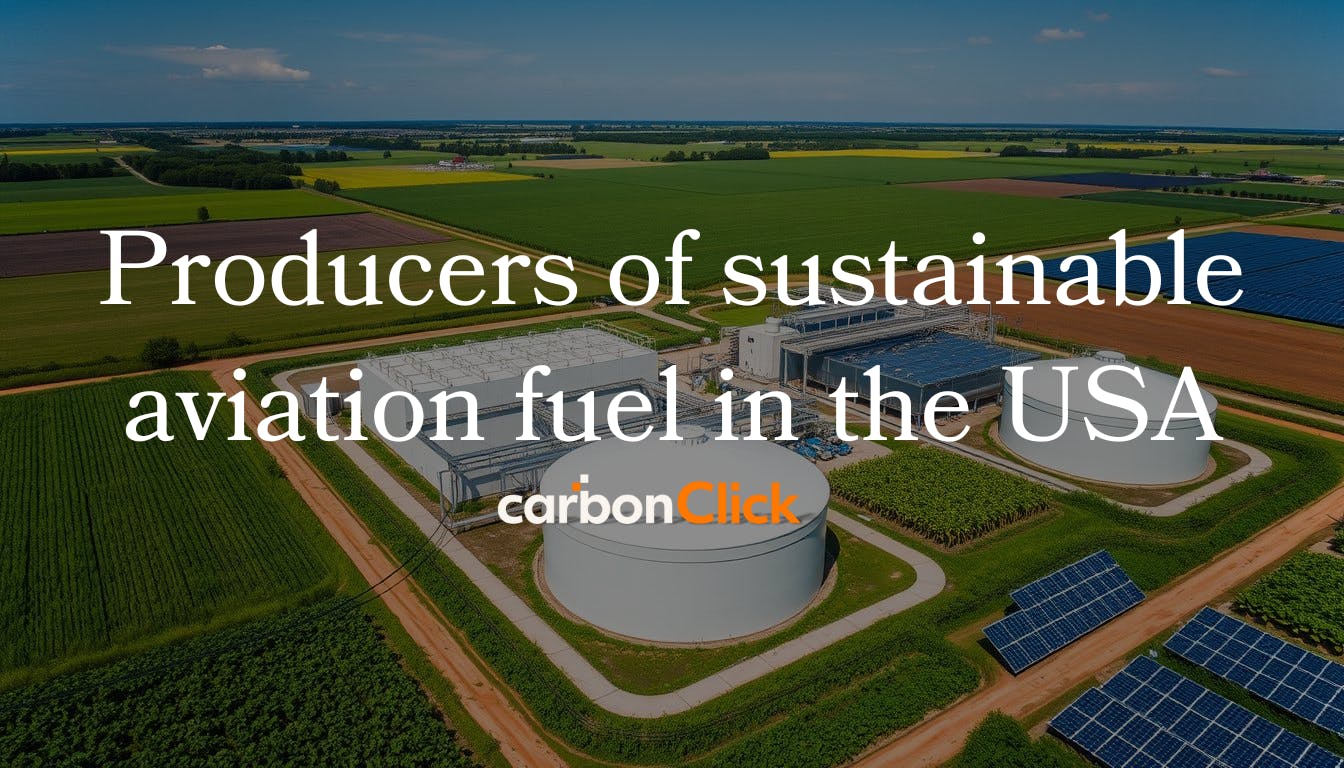
Introduction to sustainable aviation fuel
Sustainable Aviation Fuel (SAF) is a crucial solution for the aviation industry. It is derived from renewable sources and serves as a cleaner alternative to conventional jet fuel. SAF can reduce greenhouse gas emissions by up to 94%, aiding the aviation sector in progressing towards a more sustainable future.
What is sustainable aviation fuel?
Sustainable Aviation Fuel is a biofuel that can be blended with regular jet fuel. It is produced from feedstocks such as agricultural waste and non-edible oils, making SAF a cleaner option that lessens our reliance on fossil fuels.
Benefits of sustainable aviation fuel
The use of renewable hydrocarbon biofuels like SAF offers numerous advantages. It integrates well with current aviation systems, ensuring ease of use. SAF significantly lowers greenhouse gas emissions, supporting the industry's objective of achieving net-zero carbon by 2050. Furthermore, it provides supply flexibility due to its diverse sources and production methods.
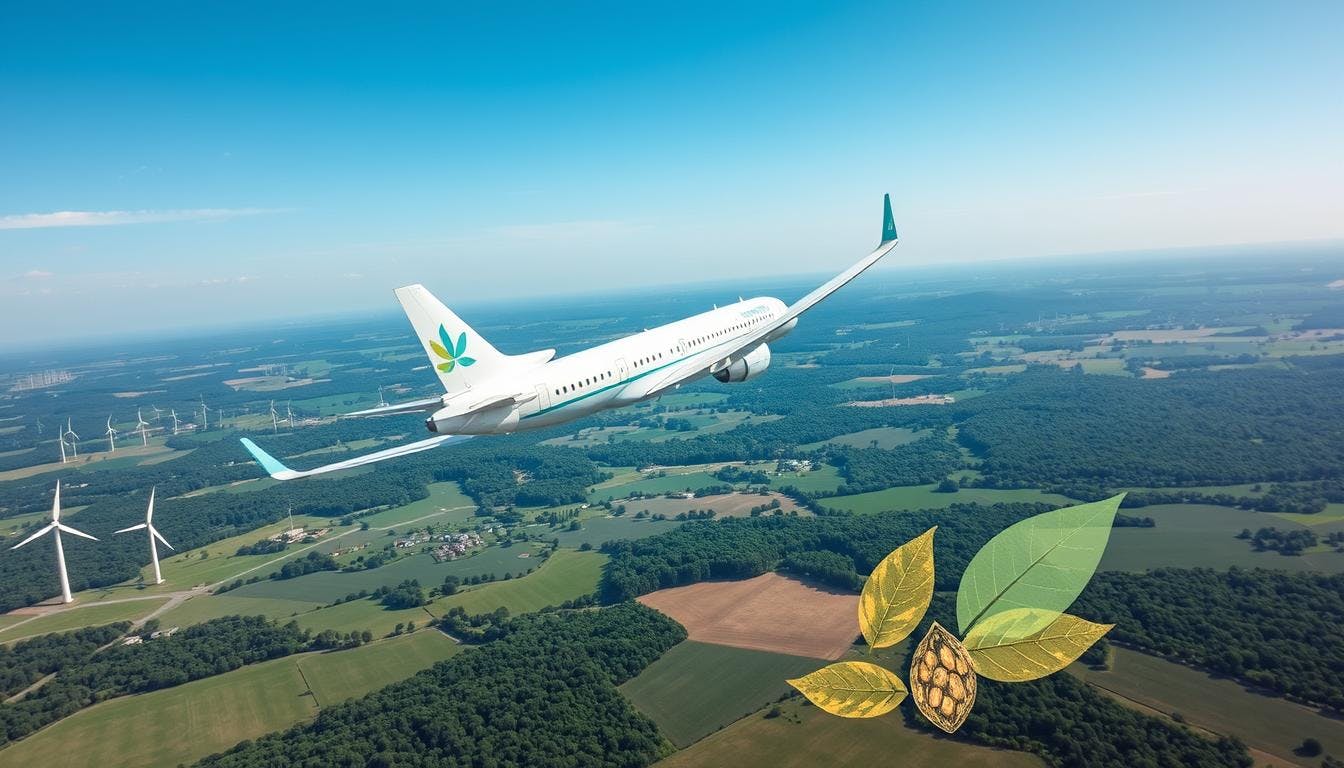
Leading producers of sustainable aviation fuel
Montana Renewables is the leading producer of Sustainable Aviation Fuel (SAF) in North America, with current production around 140 million gallons per year. The company aims to significantly increase its output to approximately 315 million gallons annually within the next few years.
World energy began its SAF production in 2016 at its facility in Paramount, California, initially supplying fuel to Los Angeles International Airport before expanding to other airports across California.
In 2020, Neste commenced its SAF supply to San Francisco International Airport, subsequently extending its services to additional Californian airports in 2021 and 2022. They also provided fuel to Aspen/Pitkin County Airport and Telluride Regional Airport in Colorado.
World Energy is a significant player in renewable diesel production, contributing to more sustainable aviation and vehicular operations. Neste, a global leader in renewable energy, actively works to reduce carbon emissions associated with traditional fuels. These companies are well-positioned to address the growing demand for sustainable aviation fuel.
Geographical advantages of producers
At Montana Renewables, we're leading the way in Sustainable Aviation Fuel (SAF). Our facility in Great Falls, Montana, is perfectly placed. It's close to major rail networks and airports in the western United States and Canada. This location reduces carbon emissions and transportation costs for our customers.
Being near key transport hubs makes our supply chain more efficient. This helps the environment by lowering carbon emissions. It also provides our customers with cost-effective ways to achieve their sustainability goals.
As the demand for SAF grows, we're ready to meet it. Our location is a significant advantage for us. We're excited to play a key role in making aviation more sustainable.
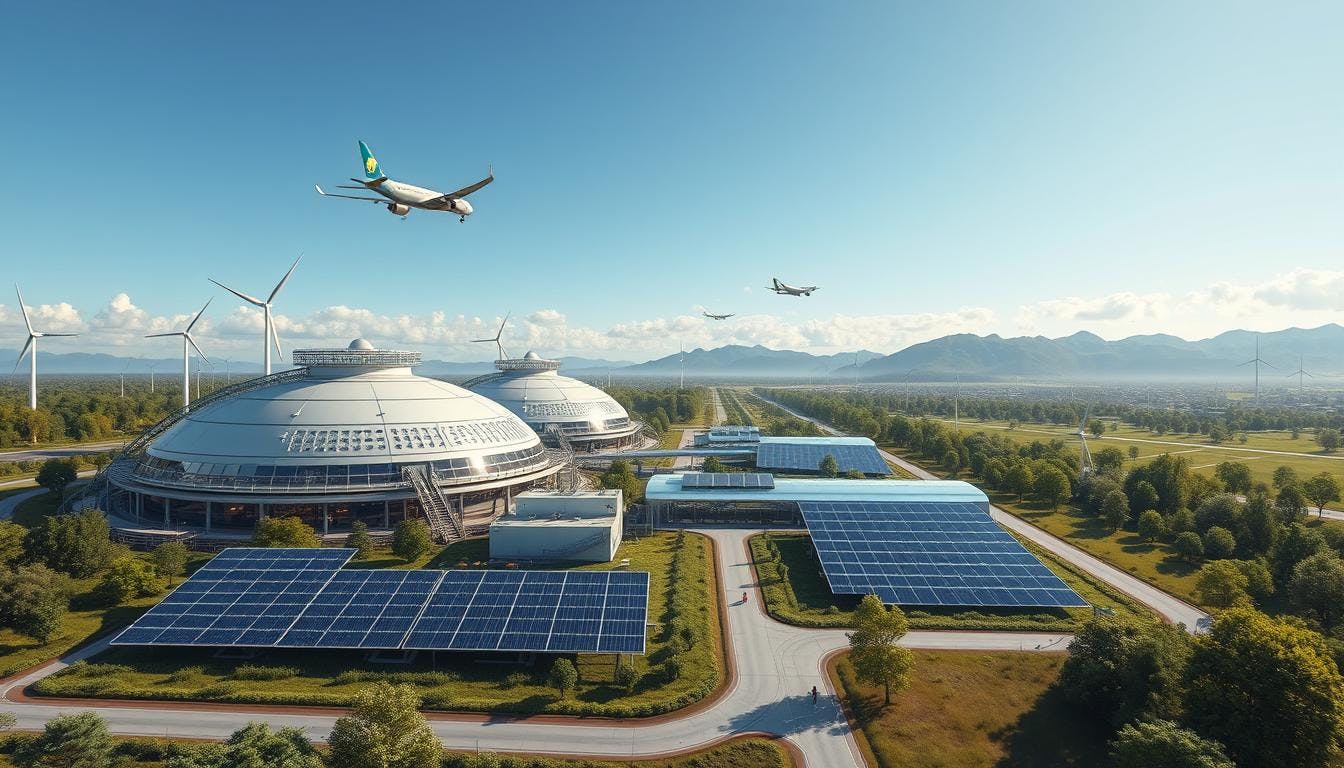
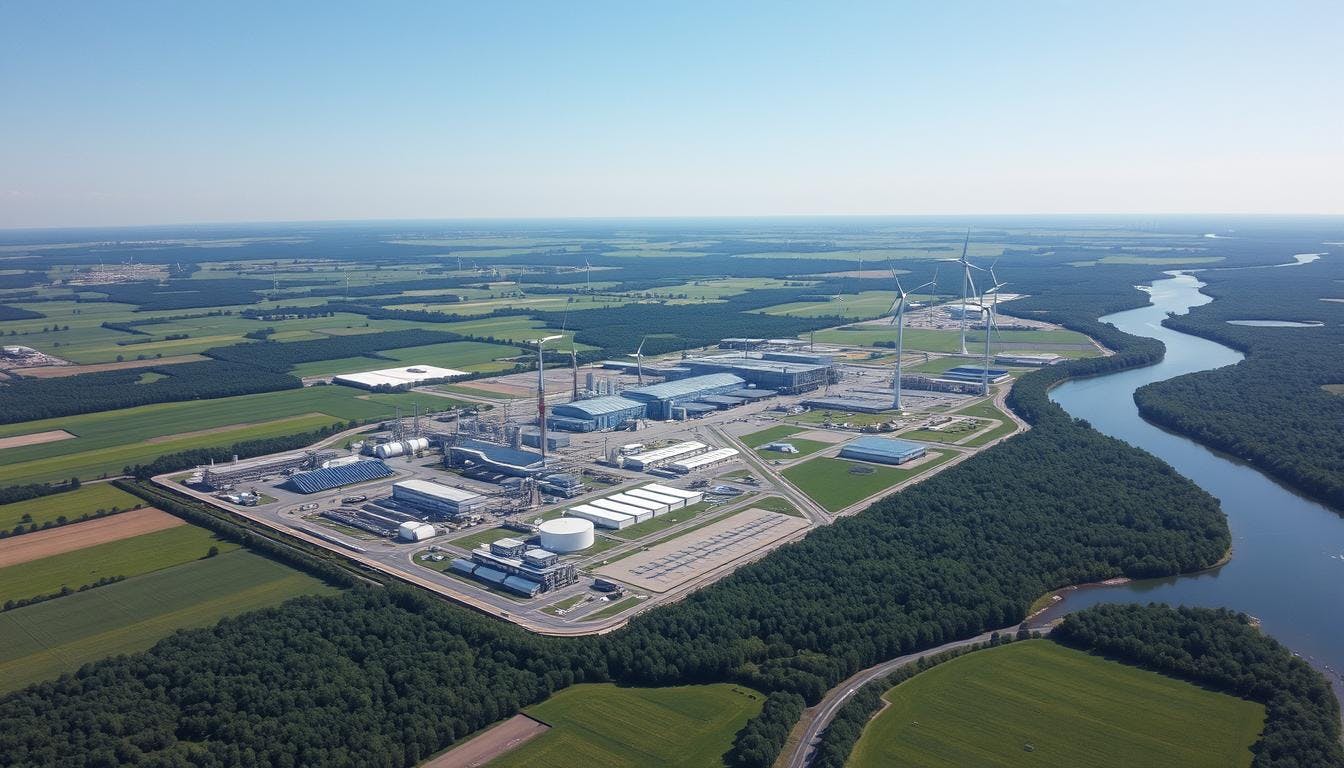
Increasing demand for sustainable aviation fuel
The demand for Sustainable Aviation Fuel (SAF) is increasing rapidly as the aviation sector seeks to reduce carbon emissions. Heightened environmental awareness among the public has prompted companies to commit to greater use of SAF.
Organisations like the International Air Transport Association (IATA) have set ambitious targets for SAF utilisation, which further drives demand.
Government and industry initiatives
Government initiatives are crucial in promoting the widespread adoption of SAF. In the U.S., the White House has unveiled an ambitious plan to produce 3 billion gallons of SAF annually by 2030, aiming for 100% of jet fuel to be sourced from SAF by 2050.
Since 2007, the U.S. government has played a significant role in advancing SAF technology through financial support and incentives. The Inflation Reduction Act of 2022 has also provided tax incentives to boost SAF production.
The aviation industry is making substantial commitments as well, with IATA aiming for carbon neutrality by 2050. To achieve this goal, it estimates a need for over 2.8 million barrels of SAF each day.
Airlines and companies are actively investing in SAF, establishing production facilities, collaborating, and setting up funds to ensure a sufficient supply of SAF and facilitate market growth. Despite these efforts, SAF is still minimally utilised; in the U.S., it accounts for only a small fraction of airline fuel. However, experts project that SAF production could increase significantly by 2030, estimating potential outputs between 11 million and 25 million metric tons, which would represent a substantial increase in supply to meet rising demand.
Production pathways for sustainable aviation fuel
Sustainable Aviation Fuel (SAF) can be made in different ways. Each method has its own rules and what it needs to start. The main ones are the Fischer-Tropsch (FT) Synthetic Paraffinic Kerosene (SPK) and the Hydroprocessed Esters and Fatty Acids (HEFA-SPK).
Fischer-tropsch synthetic paraffinic kerosene
The FT-SPK method was approved in 2009. It turns woody biomass into syngas. Then, this syngas is changed into jet fuel through a special process. This fuel can be blended up to 50% with regular jet fuel.
Hydroprocessed esters and fatty acids
The HEFA-SPK method was approved in 2011. It uses oils from plants and animals, as well as waste fats. These are broken down and then changed into a fuel that can be used directly. This fuel can also be blended up to 50% with regular jet fuel.
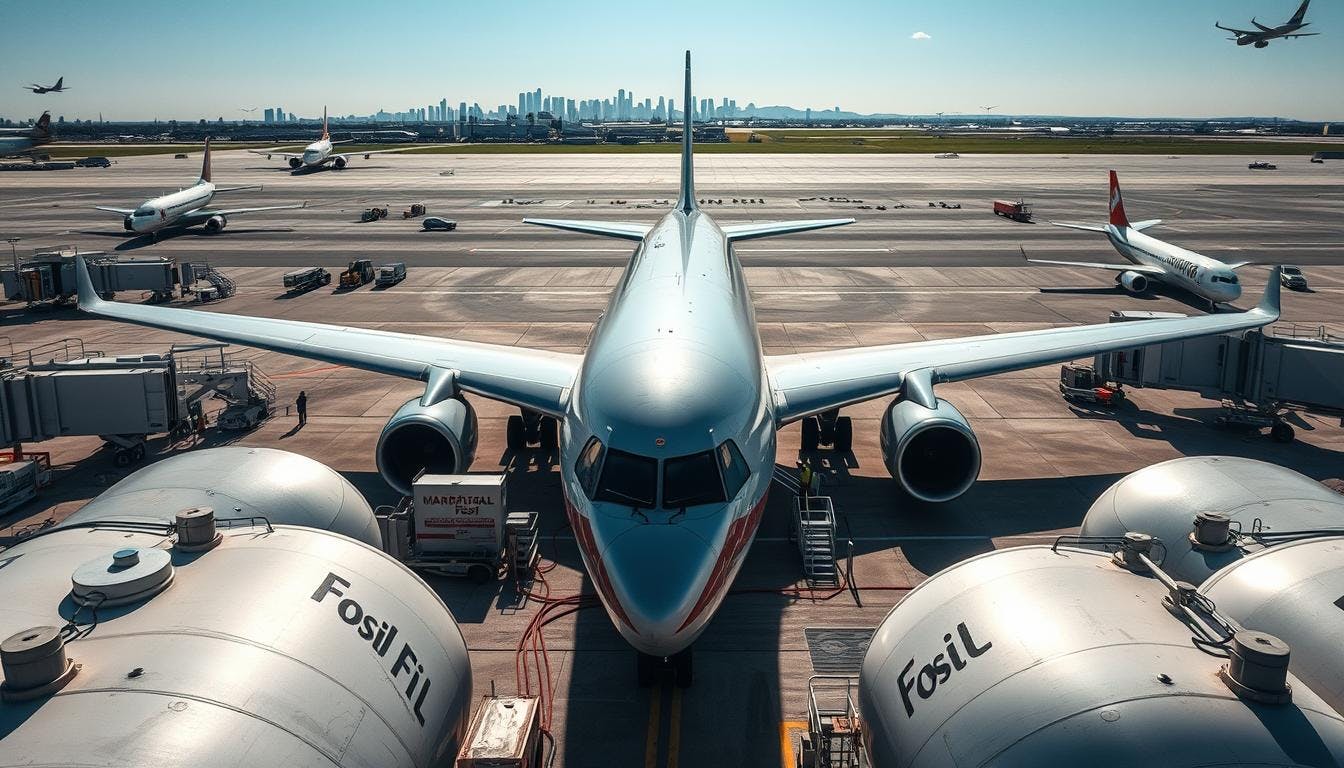
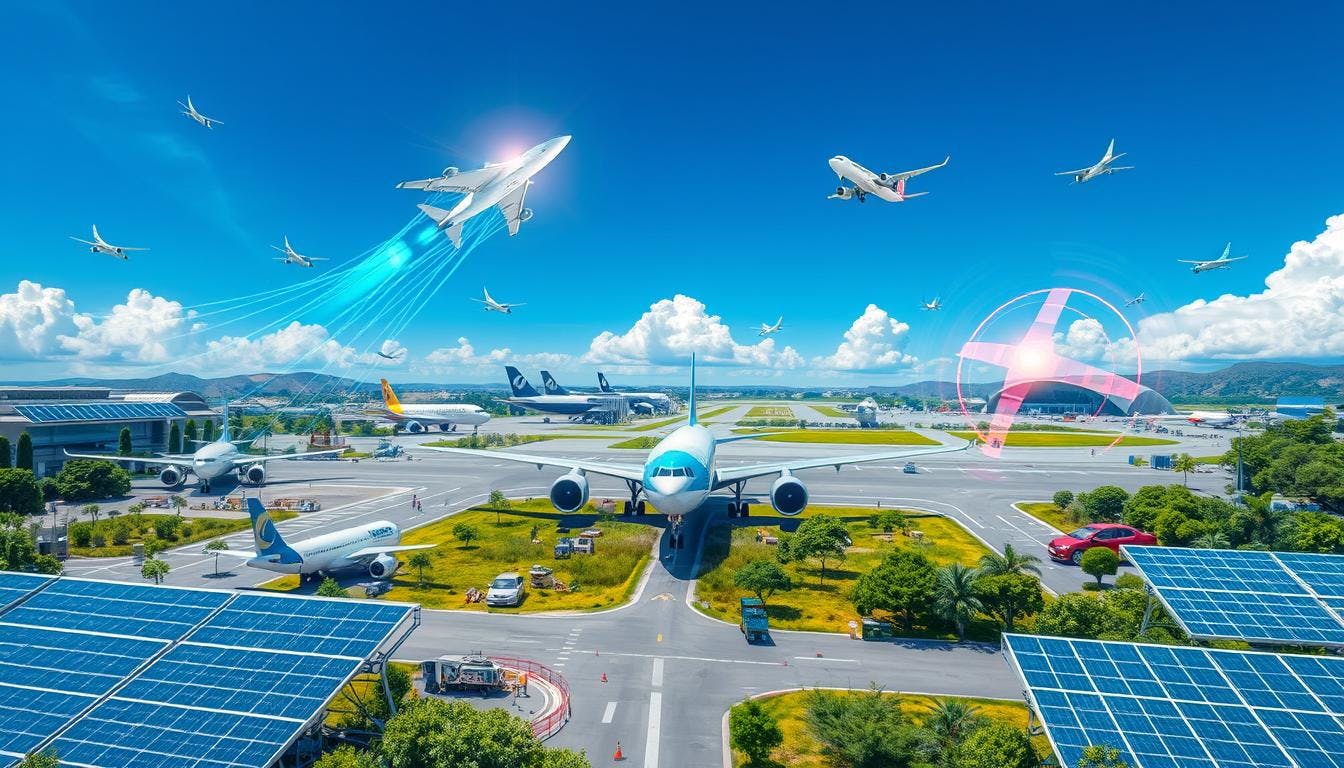
Cost implications for airlines and customers
The aviation industry is advancing towards sustainable aviation fuels (SAFs), with implications for both airlines and passengers. The study highlights that SAF costs will impact various airlines and routes differently, potentially influencing fare structures and cost distribution.
Long-haul flights are expected to experience the highest SAF-related cost increases, with a projected 6% markup by 2038, while short-haul flights might see a 2% increase. This suggests that long-distance travel could be more affected by the expense of sustainable aviation fuels.
Low-cost carriers (LCCs) may encounter greater challenges due to higher proportional expenses from sustainable fuel adoption compared to full-service network carriers (FSNCs), with cost implications potentially twice as significant. This emphasises that sustainable aviation fuel investments may present unique challenges for budget-focused airlines.
The study also examines strategies for airlines to distribute the carbon-neutral flight fuel expenditure effectively, featuring a case study on 100% SAF use in air cargo. This provides valuable insights into the budgetary implications of sustainable fuel for air cargo and overall aviation.
As the sector shifts towards sustainability, understanding the financial impact is essential. These findings can help industry stakeholders devise effective strategies to address SAF expenses and support the long-term goal of sustainable aviation.
Feedstocks for sustainable aviation fuel production
Sustainable Aviation Fuel (SAF) is derived from various non-petroleum sources, including municipal solid waste, woody biomass, fats, greases, and oils. Additionally, oil-based feedstocks such as jatropha, algae, camelina, and yellow grease are utilised in the HEFA-SPK process.
The feedstocks used for SAF present a significant advantage as they incorporate waste that would typically be discarded. This reduces reliance on fossil fuels and supports the principles of a circular economy by transforming agricultural waste, forest residues, and energy crops into fuel.
A single batch of SAF can reduce emissions by up to 75% compared to conventional jet fuel, and it also decreases harmful emissions. However, SAF currently accounts for only 0.1% of global jet fuel consumption, highlighting the need for increased investment and innovative approaches in this sector.

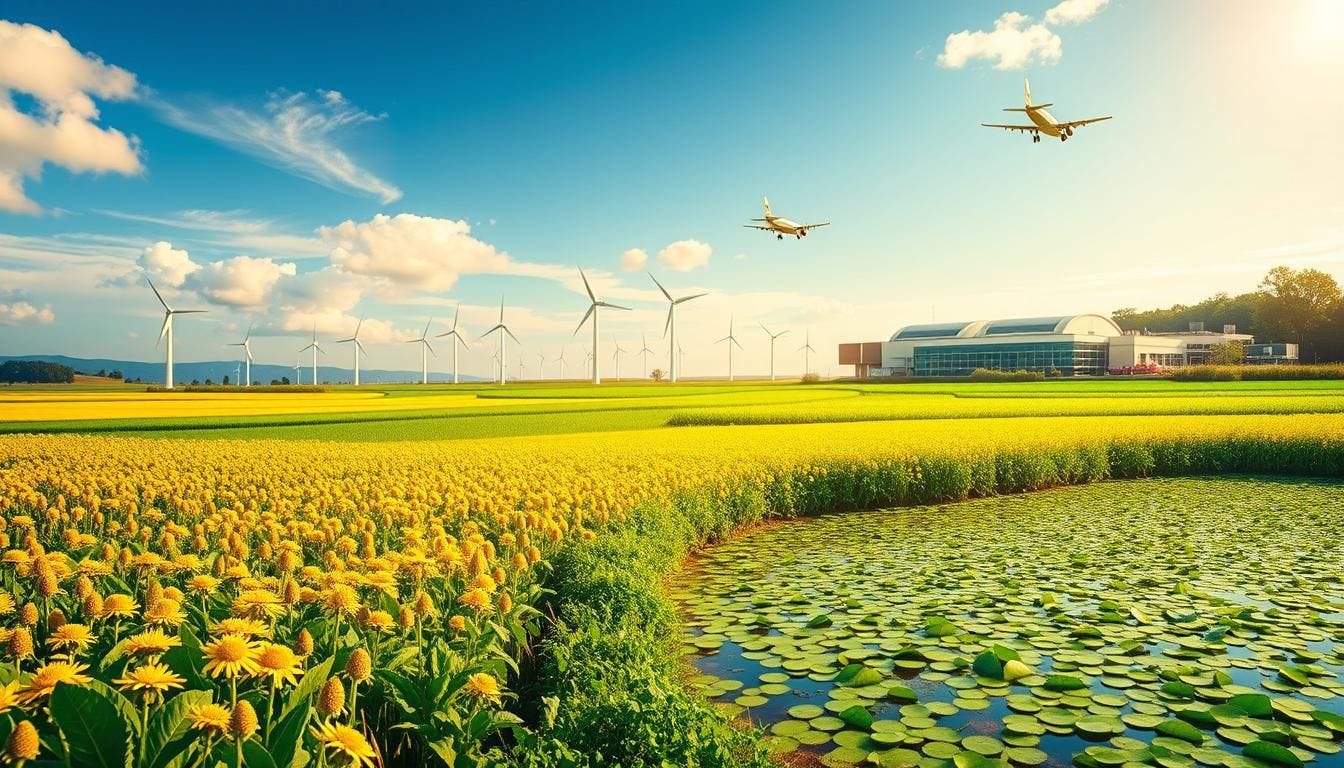
Producers of sustainable aviation fuel
Montana Renewables and World Energy are not alone in producing Sustainable Aviation Fuel (SAF). Neste, a global leader, is now supplying SAF to airports such as San Francisco International Airport. Airlines are also forming partnerships with these companies to secure the fuel they require.
The demand for SAF is urgent as the aviation sector strives to reduce its carbon emissions. Sustainable aviation fuel lowers lifecycle CO2 emissions by approximately 80% compared to conventional jet fuel, making it essential for making aviation more sustainable. With emissions projected to rise, ensuring an adequate supply of SAF is critical.
Leading the charge is SkyNRG, a prominent player in the SAF market. They have been collaborating with airlines and companies since 2010, demonstrating their commitment to sustainable practices through their B Corp™ status and partnerships with NGOs.
In Australia, the drive for SAF is robust. The country relies on imports for most of its fuel, including jet fuel, and the demand for cleaner alternatives is anticipated to surge by 2050. Boeing and Wagner Sustainable Fuels are joining forces to expand the SAF market in Australia, which will create jobs, enhance fuel security, and reduce emissions.
Distribution and supply chain
Sustainable Aviation Fuel (SAF) is crucial for the aviation industry's sustainable future. However, integrating SAF into the fuel supply chain efficiently is essential. Our team examines how to blend and transport SAF effectively, ensuring it reaches all stakeholders without complications.
Blending and transportation
SAF must be mixed with conventional Jet A fuel before it can be utilised by aircraft. This blending can occur at various points within the supply chain, including refineries or fuel terminals located near airports.
Once blended, the fuel is transported through pipelines, fuel terminals, and trucks. Companies like SkyNRG collaborate with major players such as Shell Aviation, facilitating the incorporation of SAF into the fuel network more efficiently and cost-effectively.
For instance, SkyNRG has successfully implemented SAF at major airports including Los Angeles (LAX), San Francisco (SFO), and Oslo (OSL). The 2022 SAF Grand Challenge Roadmap and a recent U.S. Department of Energy Request for Information highlight the importance of robust SAF supply chains. They emphasise the necessity for effective policies, collaboration, and communication among all parties involved to make SAF a significant component of the aviation industry's future.
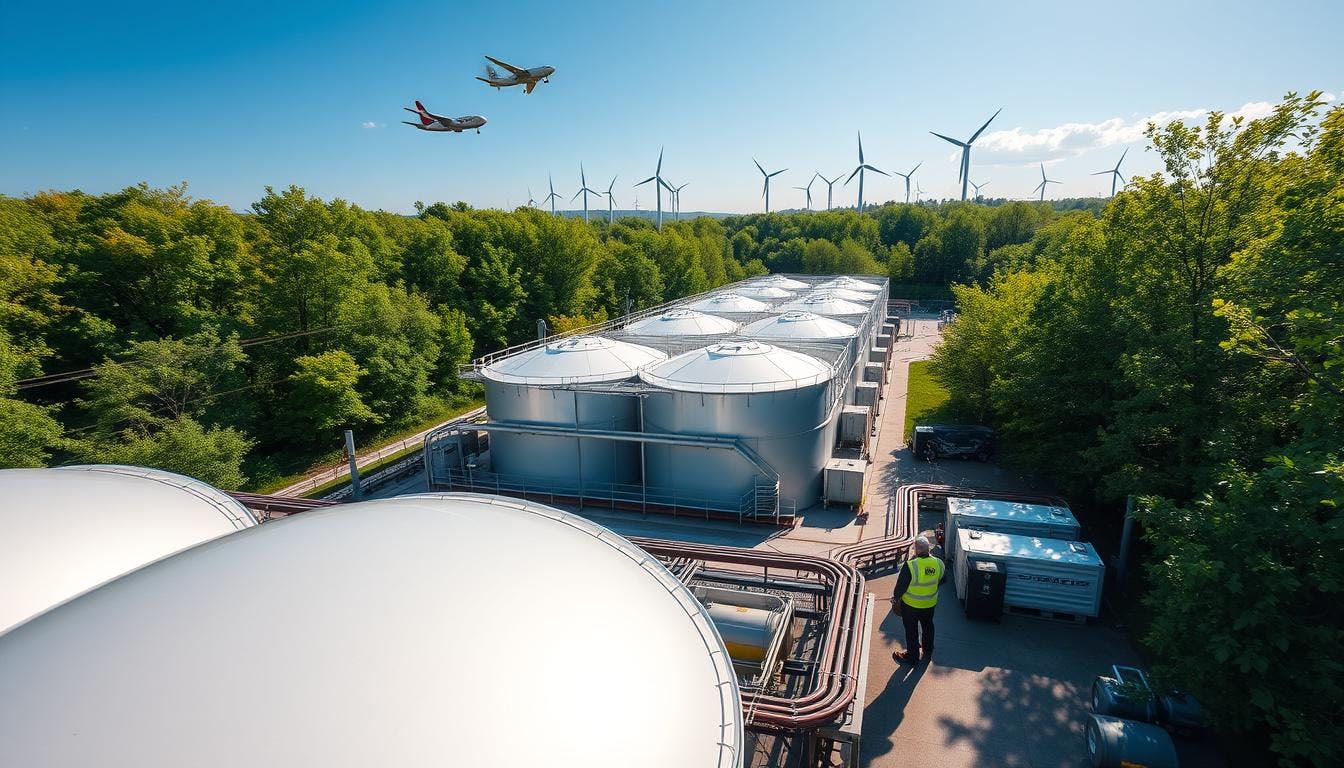
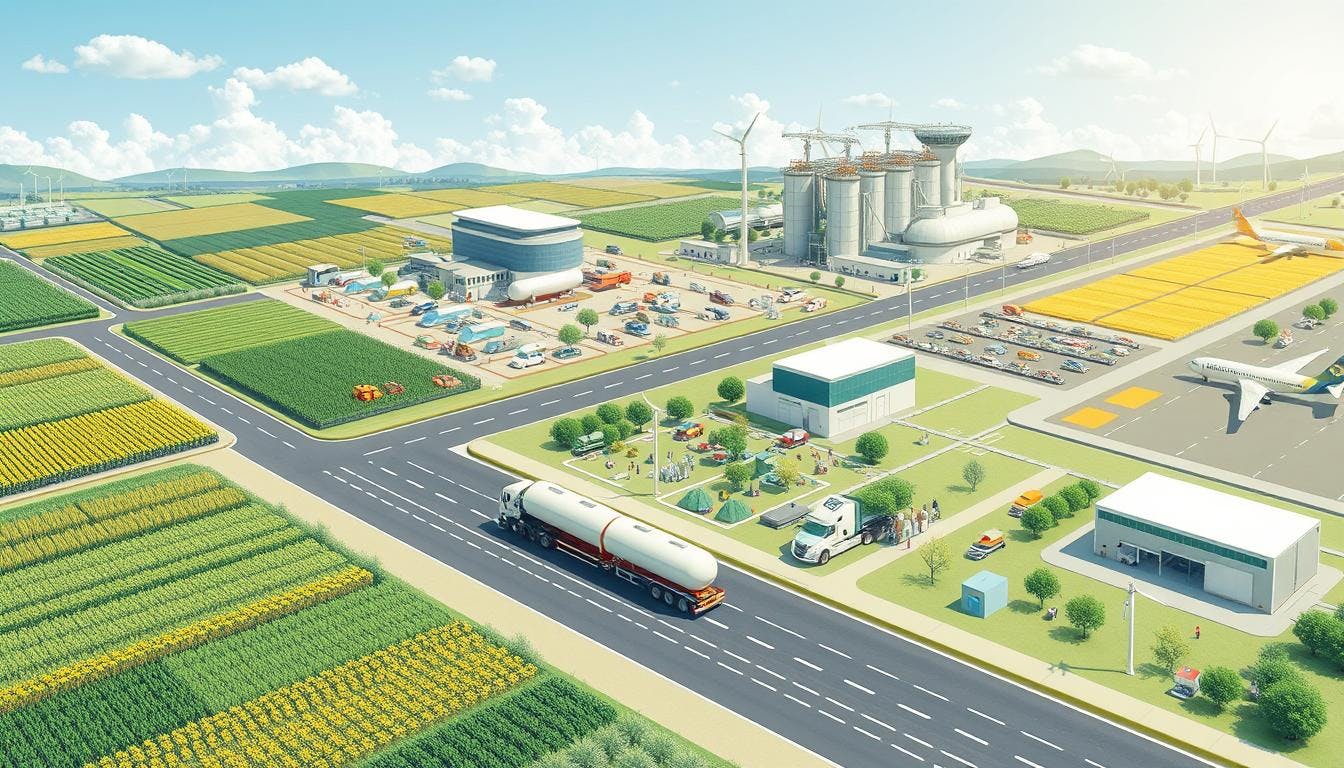
Research and development efforts
The U.S. government is making significant efforts to advance Sustainable Aviation Fuel (SAF). The Department of Energy (DOE), Department of Transportation (DOT), and Department of Agriculture (USDA) are spearheading this initiative. They collaborate with industry partners to enhance the quality and availability of SAF.
The Sustainable Aviation Fuel Grand Challenge sets an ambitious target of utilising 3 billion gallons of SAF by 2030 and 35 billion gallons by 2050. This initiative aims to reduce greenhouse gas emissions by at least 50%. The Federal Aviation Administration (FAA) and its partners are investing nearly $300 million in projects to promote cleaner flying.
Government initiatives and projects
The National Renewable Energy Laboratory (NREL) plays a pivotal role in SAF research, focusing on producing biofuels from various feedstocks, including those that are sustainable. They are also constructing a pilot plant, SAFFiRE, to produce SAF from corn stover in collaboration with industry stakeholders.
The Commercial Aviation Alternative Fuels Initiative (CAAFI) is another vital organisation working alongside the FAA, airlines, and other entities to foster the growth of the SAF industry. Additionally, the FAA collaborates with the International Civil Aviation Organization (ICAO) to ensure the global availability of sustainable aviation fuels.
Challenges and future outlook
The demand for Sustainable Aviation Fuel (SAF) is increasing rapidly, driven by the aviation industry's desire to reduce carbon emissions and enhance sustainability. However, significant challenges must be addressed to realise its full potential.
One major challenge is the necessity to produce more SAF. Currently, SAF accounts for only 0.1% of total aviation fuel consumption globally. By 2024, this figure is expected to increase to 0.53%. Meeting this demand requires substantial investment and effort to boost production and develop additional infrastructure.
Another significant hurdle is the higher cost of SAF compared to conventional jet fuel. Producing fuel from waste oil costs approximately 50% more than traditional jet fuel, while power-to-liquid fuel can be up to 200% more expensive. This price disparity hampers the widespread adoption of SAF. However, with appropriate support and advancements in technology, this gap can be narrowed.
Despite these challenges, the future for SAF appears promising. With enhanced support from governments and industry stakeholders, SAF could play a vital role in making aviation more sustainable. For instance, the USA aims to produce 3 billion gallons of SAF by 2030, while the UK targets at least 10% SAF usage by the same year. These initiatives, alongside new business models and global collaboration, will contribute to the sustainable growth of SAF.
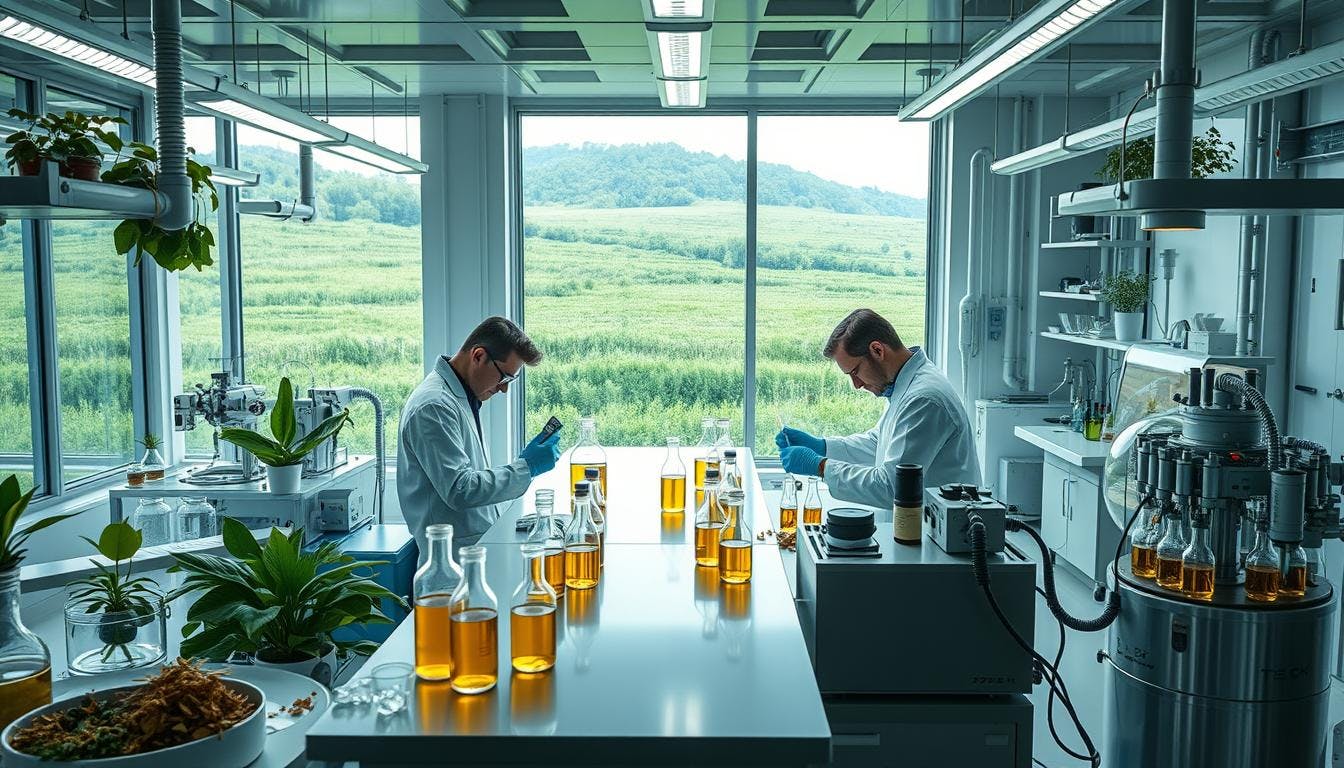
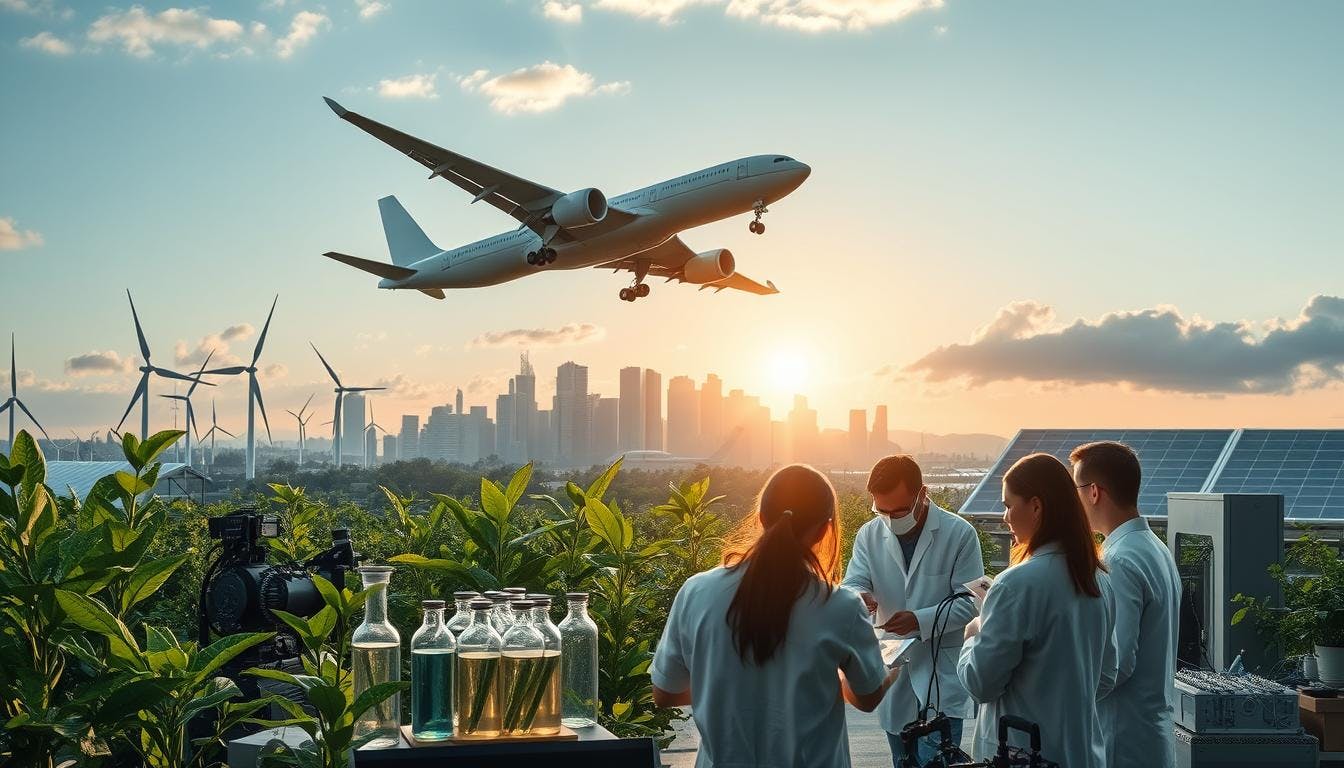
Environmental impact and sustainability
The move to Sustainable Aviation Fuel (SAF) is a big chance for the aviation world. It lets us cut down on harmful emissions by up to 94%. This depends on the type of fuel used and how it's made.
The aviation sector is a big part of the US's carbon dioxide emissions, making up nearly 3%. Switching to eco-friendly fuels is key to lessening our impact on the climate. With emissions set to almost double by 2050, we need s sustainable solutions fast.
Choosing SAF helps us lower our carbon footprint and meet our sustainability targets. There are different ways to make SAF, like Fischer-Tropsch Synthetic Paraffinic Kerosene and Hydroprocessed Esters and Fatty Acids. These methods could change how we fuel our flights, leading to a cleaner future.
17 South Street
Auckland 1010
New Zealand
info@carbonclick.com- -
- X
Sign up. Be inspired. Get clicking.
Subscribe now to stay up to date with CarbonClick, carbon offsetting and climate action.
By signing up you agree to our Privacy Policy.


